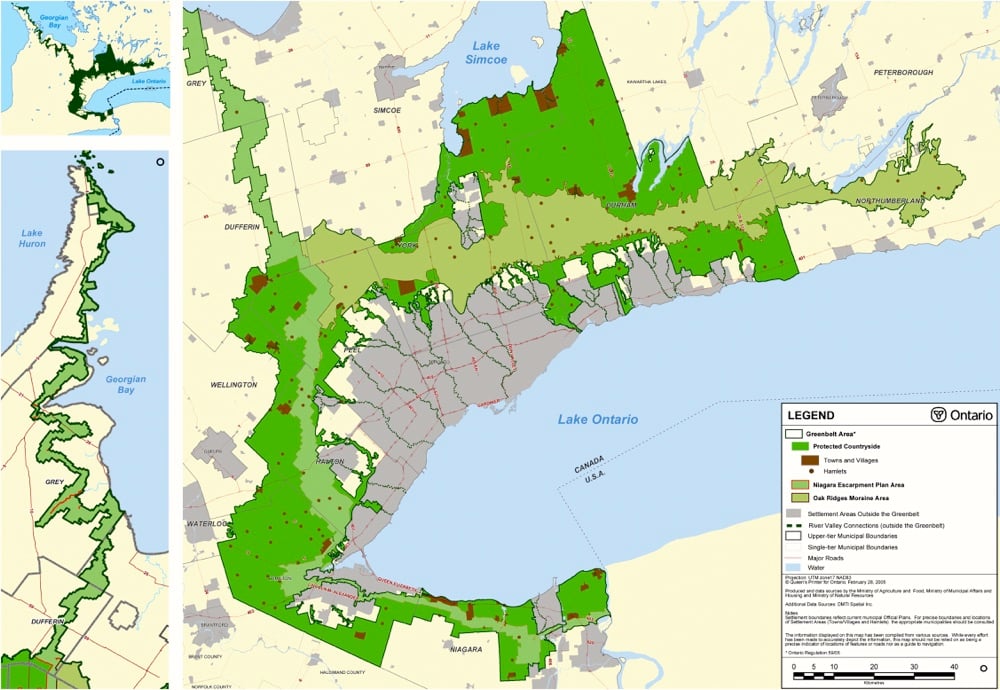Losing ground
Cities eating farms
Andres
6/26/20232 min read
Toronto and the Greater Toronto Area (GTA) have experienced unprecedented growth in recent years, leading to concerns about the availability of farmland. As more people move into the area, the demand for housing, commercial space, and infrastructure has skyrocketed, and it seems that there is no end in sight.
One of the most significant impacts of this growth is the loss of farmland. The GTA was once a thriving agricultural region, with abundant fertile land that supported a thriving farming industry. However, as urbanization has accelerated, the amount of farmland has dwindled. According to a report by the Friends of the Greenbelt Foundation, between 1999 and 2015, the GTA lost 175,000 acres of farmland, an area equivalent to the size of 85,000 football fields.
This loss of farmland is concerning for several reasons. Firstly, it means that we are becoming more reliant on imported food, which can be more expensive and less fresh than locally grown produce. It also means that we are losing the opportunity to support local farmers and contribute to the local economy. Furthermore, farmland plays an important role in preserving biodiversity, maintaining soil health, and reducing greenhouse gas emissions. Losing farmland could have significant negative impacts on our environment and our ability to produce food.
So what can be done to address this issue? One solution is to focus on urban intensification, which involves building up instead of out. This approach would allow us to make better use of existing urban space and limit the amount of farmland that is lost to development. Another solution is to protect farmland through land-use policies and regulations. For example, the Ontario government has created the Greenbelt, a protected area of farmland and natural spaces around the GTA that is intended to prevent further urban sprawl and preserve agricultural land.
In conclusion, the out-of-control growth of Toronto and the GTA has resulted in the loss of a significant amount of farmland, with potentially negative consequences for our food security, environment, and economy. However, there are solutions available, such as urban intensification and land-use policies, that can help us address this issue and ensure that we maintain access to locally grown food and a healthy natural environment. It is up to all of us to prioritize these solutions and work towards a sustainable and thriving future for our region.


